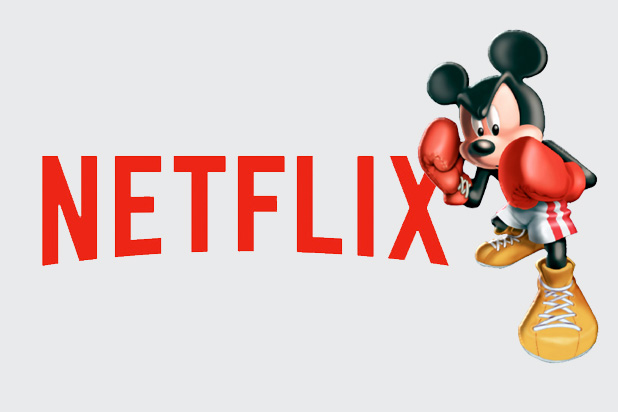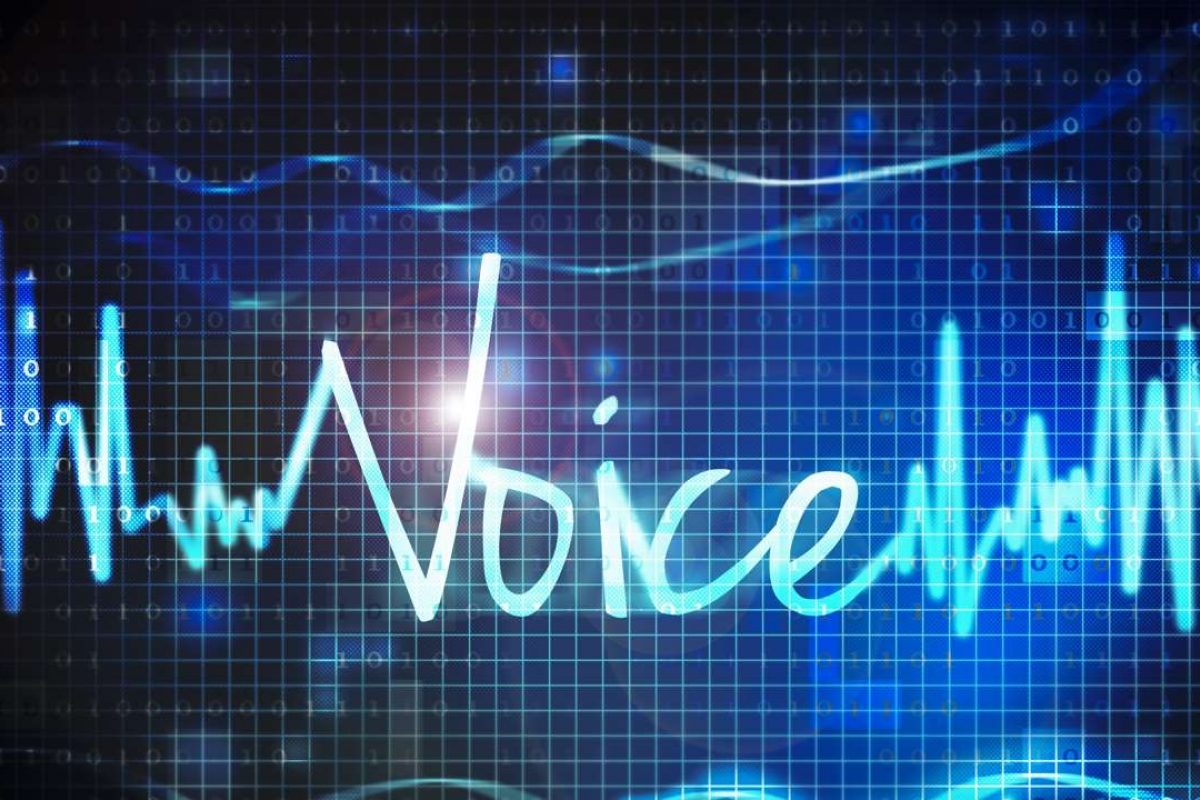On November 12 this year, Disney launches a new streaming service called Disney +. A trial version of the streaming platform was launched in the Netherlands on 12 September 2019, followed by the official release in the United States and Canada on 12 November. In this way, possible technical problems that could arise can be solved before Disney + officially appears on the American market. But will the new streaming platform be a worthy competitor for Netflix?
The company announced that Disney + will cost $ 7 a month (Cohen, 2019). That is a lot less than the $ 13 Netflix asks for their most popular subscription in the US. Yet, based on functionality Disney + does not yet equal Netflix. For example, the streaming giant has films and series available in multiple languages and focusses on a bigger target group. Consequently, since Disney + is mainly focusing on families, Netflix will have more relevant offerings for adults.
Although Disney+ does not have such a wide catalog as Netflix, it tries to compensate for other features. For example, every account can create up to seven user-profiles whereas with Netflix this limit is six profiles. Additionally, Disney + will stream in 4K HDR and uses Dolby Atmos to support the newest sound format (Cohen, 2019).
Interestingly, in addition to the Disney classics, purchased content and own productions, the films from Marvel will also come to Disney + (Geels, 2019). A large part of these films can now be seen via Netflix. However, this will change in the course of the year and it will be very interesting to see how Netflix will fill up this loss.
With a lower price than Netflix and a high image quality, Disney hopes to be able to quickly seduce many consumers. The company wants to have between 60 and 90 million worldwide subscribers by 2024. For comparison: Netflix now has 140 million (Geels, 2019). However, with a very large and popular catalog, Disney + has the potential to become a serious competitor for Netflix. What do you think about the future course of these two streaming platforms?
References:
https://www.digitaltrends.com/home-theater/how-much-does-disney-plus-cost/
https://www.nrc.nl/nieuws/2019/08/19/videodienst-disney-in-november-in-nederland-a3970512


